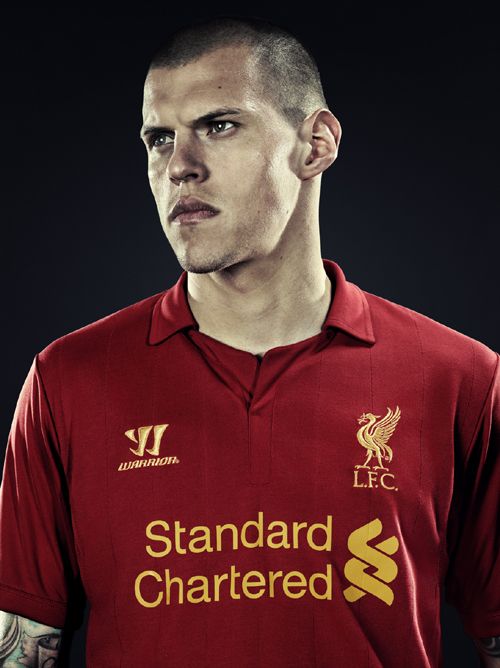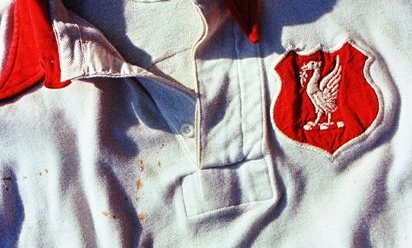Pics: Liverbird on our chest
The Liverbird has long been a synonymous symbol of this football club.
Taken from the city's coat of arms, it was first adopted by Anfield officials at the turn of the 20th century, when it was used on club correspondence and also on the League Championship medals presented to the players in 1901. It then appeared on a club flag celebrating the team's early title triumphs in 1922, was used on the programme cover from 1935 and this picture from the 1930s shows the players at Anfield wearing track-suit tops with the Liverbird on.
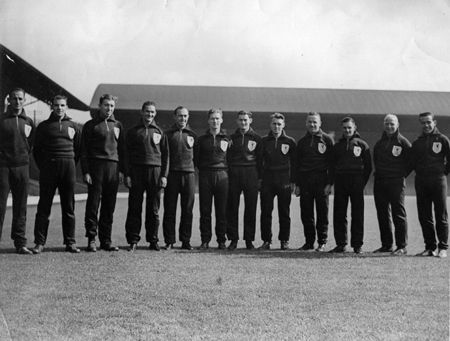
It was another two decades however before the Liverbird made its way onto the kit, its first appearance coming in 1950. The occasion was the club's second FA Cup Final appearance. Their first at Wembley. It was the biggest date yet in Liverpool's history and a white Liverbird, standing on a plinth and encased in a red shield was proudly emblazoned on Phil Taylor's white away shirt as he led the team out beneath the twin towers before introducing his team-mates to the King.
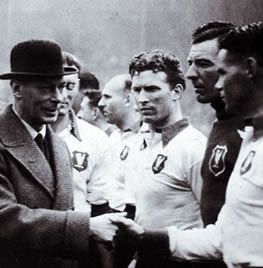
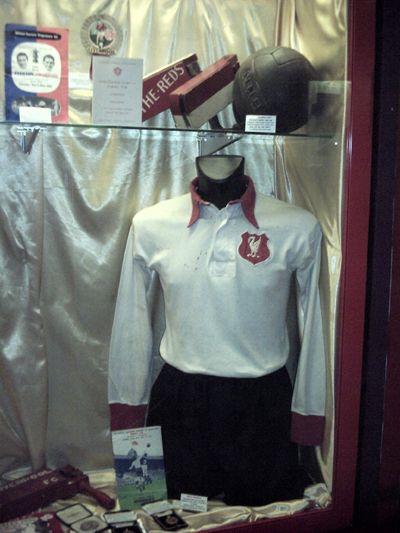
For selected away games over the next five years Liverpool occasionally ran out in the same, or very similar, shirts to the ones worn at Wembley. Midway through the 1955/56 season the Liverbird took pride of place on the home shirt for the first time, reincarnated in a new design - red on a white oval patch, still on its perch and now with the initials L.F.C. underneath. On the away shirt it was the same design but with the colours reversed.
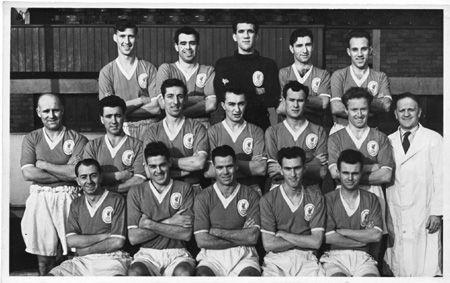
It is difficult to pinpoint just when the new badge first appeared on the shirt although it's believed by most LFC historians that it was in November 1955. Worn on the away shirt in a 4-2 defeat to Leeds at Elland Road and then on the home shirt during an emphatic 7-0 victory over Fulham at Anfield the following week, where Billy Liddell (pictured below) scored two of the goals.
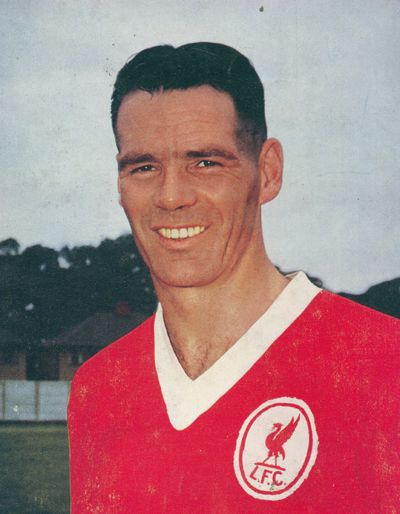
The crest on the shirt remained unchanged for the next 14 years, surviving the switch from v-neck to round neck and the introduction of the now famous all-red strip.
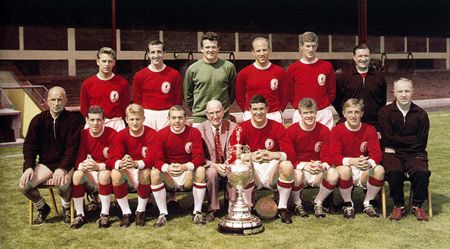
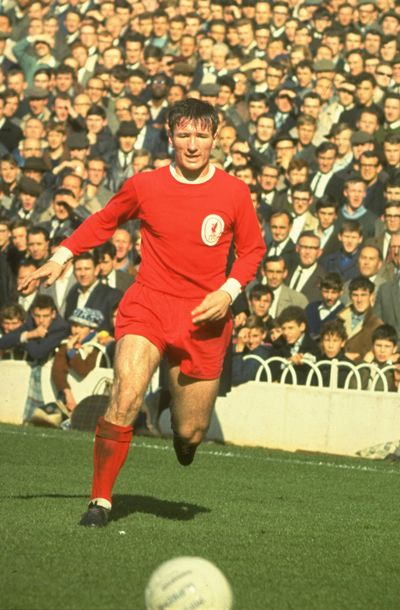
There was, however, one notable exception. It came on the unforgettable 1 May 1965 for FA Cup Final versus Leeds at Wembley when a white Liverbird was stitched onto the shirt itself rather than on the patch as goals from Roger Hunt and Ian St John sealed the most famous of victories.

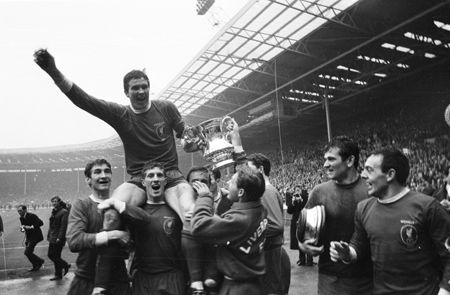
In 1969 the Liverbird eventually hatched from its oval, left its pedestal and stood alone on the shirt for the first time, as modelled below by a young Larry Lloyd, who'd recently joined the club from Bristol Rovers. This new simpler design made its competitive debut on the opening day of the season at home to Chelsea in a 4-1 win.
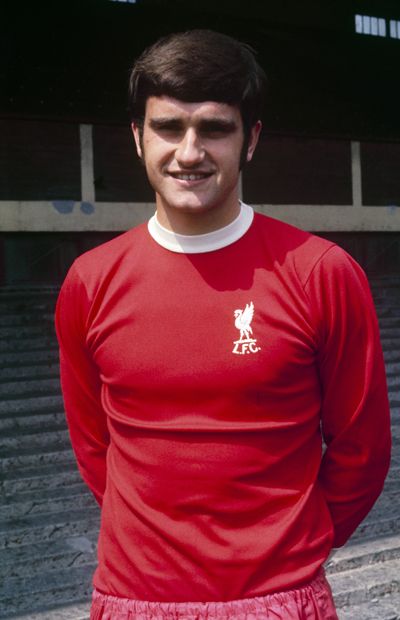
Over the best part of the next two decades this version of the Liverbird accompanied Liverpool on a glorious march to success at home and abroad. The only visible change as a glittering array of honours were brought home to the Anfield nest being the switch in colour from white to yellow ahead of the 1976/77 season and then back again during the double-winning campaign of 1985/85.
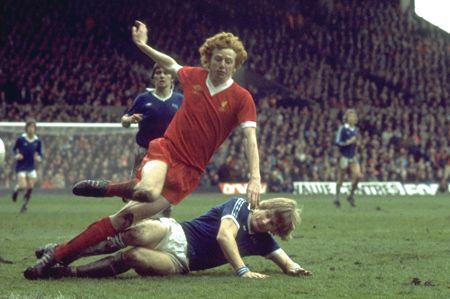
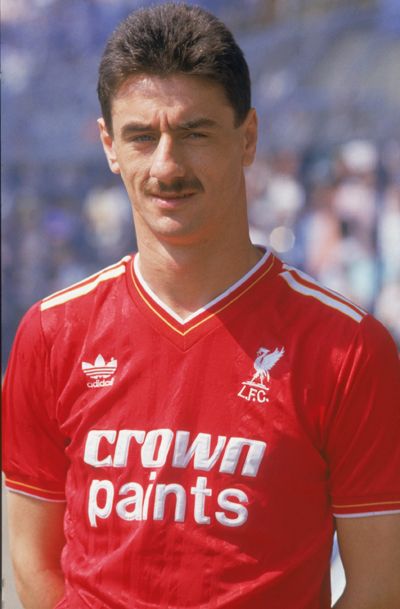
A one-off change during this time was for the European Cup Final of '77 when the Liverbird appeared in a double-edged circle containing details of the match stitched in around it.
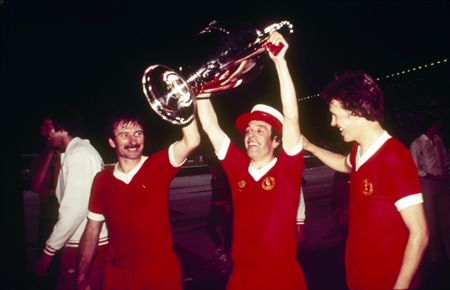
The summer of 1987 saw sweeping changes around Anfield. Ian Rush left for Juventus, John Barnes and Peter Beardsley were drafted in to replace him and the official club crest which had been used for administration and merchandising purposes since the early seventies appeared on the kit for the first time. The Liverbird remained prominent but was back within a shield and no longer had the L.F.C. initials underneath. With Barnes and Beardsley pulling the strings however the good times continued and this Liver Bird crest will forever be associated with one of the most exciting teams in Liverpool history.

The next change of crest came about in 1992, to commemorate the club's centenary year, and a smaller red Liverbird was incorporated into the new design. Although this crest underwent some minor alterations in the years that followed, including a brief move from the left side of the chest to the middle and regular switches in colour on the away shirt or European strip, the Liverbird remained largely untouched.
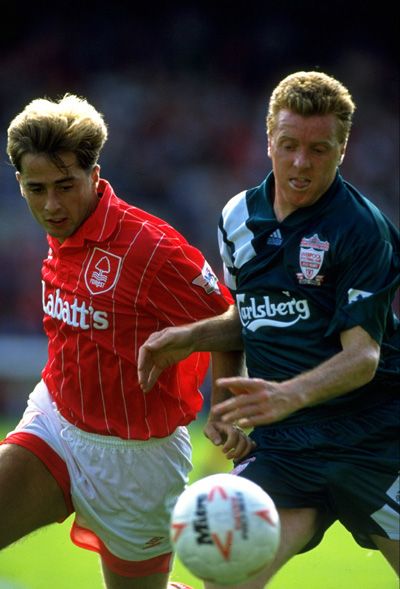
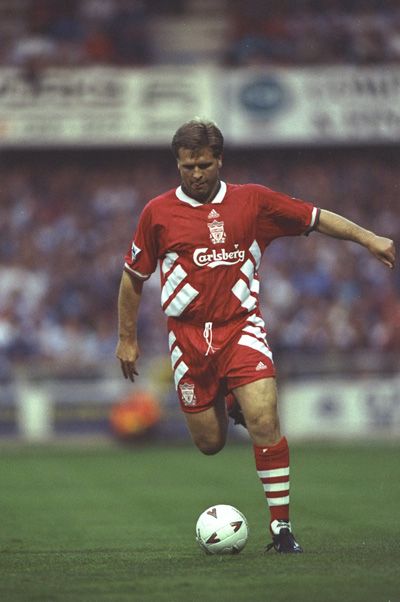

For Liverpool's Cup Final appearances of 2001, 2003, 2005, 2006, 2007 and 2012 a commemorative stand alone Liverbird once again adorned the shirt in addition to the regular crests of the time.
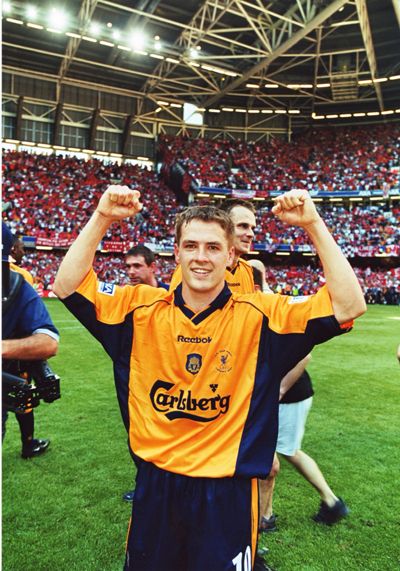

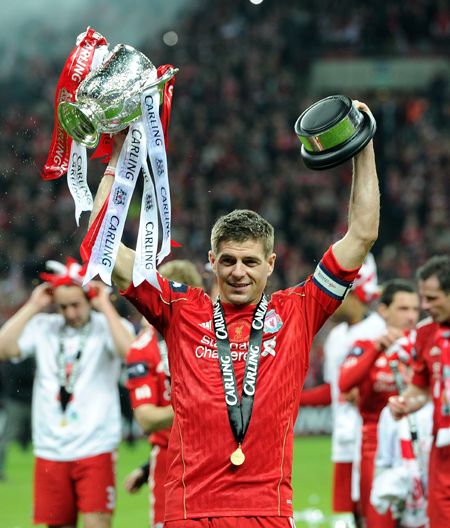
Now, for 2012/13, the stand alone yellow Liverbird, the one so associated with the glory-laden late seventies and early eighties, will be back on the chest of Liverpool's players as they aim to emulate the success of their predecessors - the teams that, in the words of the famous song 'won the League, Europe and all'.
